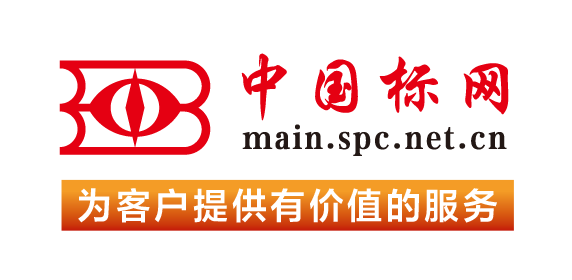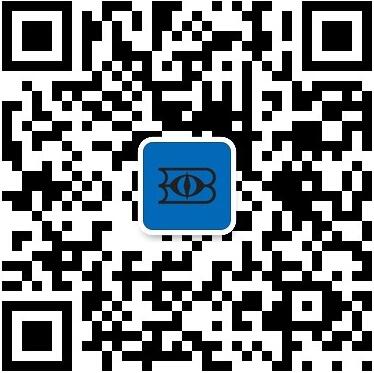【国外标准】 Standard Practice for Collection of Settled Dust Samples Using Wipe Sampling Methods for Subsequent Lead Determination
本网站 发布时间:
2024-02-28
开通会员免费在线看70000余条国内标准,赠送文本下载次数,单本最低仅合13.3元!还可享标准出版进度查询、定制跟踪推送、标准查新等超多特权!
查看详情>>
适用范围:
5.1 This practice is intended for the collection of settled dust samples in and around buildings and related structures for the subsequent determination of lead content in a manner consistent with that described in the HUD Guidelines and 40 CFR 745.63. The practice is meant for use in the collection of settled dust samples that are of interest in clearance, hazard assessment, risk assessment, and other purposes.5.2 Use of different pressures applied to the sampled surface along with the use of different wiping patterns contribute to collection variability. Thus, the sampling result can vary between operators performing collection from identical surfaces as a result of collection variables. Collection for any group of sampling locations at a given sampling site is best when limited to a single operator.5.3 This practice is recommended for the collection of settled dust samples from hard, relatively smooth, nonporous surfaces. This practice is less effective for collecting settled dust samples from surfaces with substantial texture such as rough concrete, brickwork, textured ceilings, and soft fibrous surfaces such as upholstery and carpeting.1.1 This practice covers the collection of settled lead-containing dust on surfaces using the wipe sampling method. These samples are collected in a manner that will permit subsequent extraction (see Practices E1644 and E1979) and determination of lead using laboratory analysis techniques such as atomic spectrometry (see Test Methods E3193/E3193M and E3203) or electroanalysis (see Practice E2051). For collection of settled dust samples for determination of lead and other metals, use Practice D6966.1.2 This practice does not address the sampling design criteria (that is, sampling plan which includes the number and location of samples) that are used for clearance (see Practices E2271/E2271M and E3074/E3074M), lead hazard evaluation, or risk assessment (see Guide E2115), and other purposes. To provide for valid conclusions, sufficient numbers of samples should be obtained as directed by a sampling plan.1.3 This practice contains notes that are explanatory and are not part of the mandatory requirements of this practice.1.4 The values stated in either SI units or inch-pound units are to be regarded separately as standard. The values stated in each system are not necessarily exact equivalents; therefore, to ensure conformance with the standard, each system shall be used independently of the other, and values from the two systems shall not be combined.1.5 This standard does not purport to address all of the safety concerns, if any, associated with its use. It is the responsibility of the user of this standard to establish appropriate safety, health, and environmental practices and determine the applicability of regulatory limitations prior to use.1.6 This international standard was developed in accordance with internationally recognized principles on standardization established in the Decision on Principles for the Development of International Standards, Guides and Recommendations issued by the World Trade Organization Technical Barriers to Trade (TBT) Committee.
标准号:
ASTM E1728/E1728M-20
标准名称:
Standard Practice for Collection of Settled Dust Samples Using Wipe Sampling Methods for Subsequent Lead Determination
英文名称:
Standard Practice for Collection of Settled Dust Samples Using Wipe Sampling Methods for Subsequent Lead Determination标准状态:
Active-
发布日期:
-
实施日期:
出版语种:
- 推荐标准
- ASTM 51401-21 Standard Practice for Use of a Dichromate Dosimetry System
- ASTM 51956-21 Standard Practice for Use of a Thermoluminescence-Dosimetry System (TLD System) for Radiation Processing
- ASTM A1010/A1010M-24 Standard Specification for Higher-Strength Martensitic Stainless Steel Plate, Sheet, and Strip
- ASTM A1016/A1016M-24 Standard Specification for General Requirements for Ferritic Alloy Steel, Austenitic Alloy Steel, and Stainless Steel Tubes
- ASTM A105/A105M-24 Standard Specification for Carbon Steel Forgings for Piping Applications
- ASTM A1064/A1064M-24 Standard Specification for Carbon-Steel Wire and Welded Wire Reinforcement, Plain and Deformed, for Concrete
- ASTM A108-24 Standard Specification for Steel Bar, Carbon and Alloy, Cold-Finished
- ASTM A1080/A1080M-24 Standard Practice for Hot Isostatic Pressing of Steel, Stainless Steel, and Related Alloy Castings
- ASTM A1090/A1090M-19(2024) Standard Specification for Forged Rings and Hollows for Use as Base Plates in Power Transmission Structures
- ASTM A1115/A1115M-24 Standard Practice for Construction of Mechanically Stabilized Earth Walls with Inextensible Soil Reinforcement
- ASTM A1128-24 Standard Specification for Stainless Steel Shielded, Rubber Gasketed Couplings Having an Integral Restraint Feature for Joining Hubless Cast Iron Soil Pipes and Fittings Where External Restraint Is Required
- ASTM A179/A179M-24 Standard Specification for Seamless Cold-Drawn Low-Carbon Steel Heat-Exchanger and Condenser Tubes
- ASTM A234/A234M-24 Standard Specification for Piping Fittings of Wrought Carbon Steel and Alloy Steel for Moderate and High Temperature Service
- ASTM A242/A242M-24 Standard Specification for High-Strength Low-Alloy Structural Steel
- ASTM A249/A249M-24a Standard Specification for Welded Austenitic Steel Boiler, Superheater, Heat-Exchanger, and Condenser Tubes
 我的标准
我的标准 购物车
购物车 400-168-0010
400-168-0010














